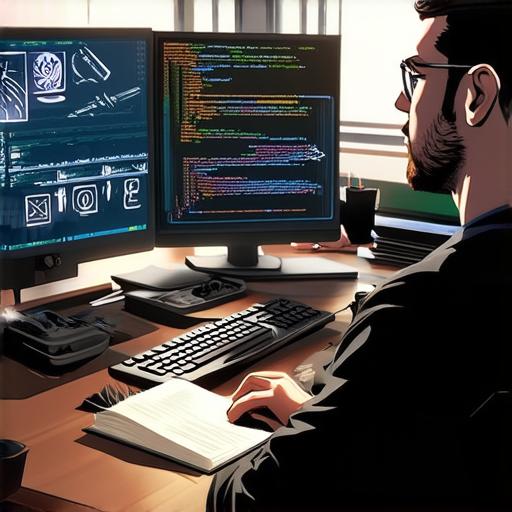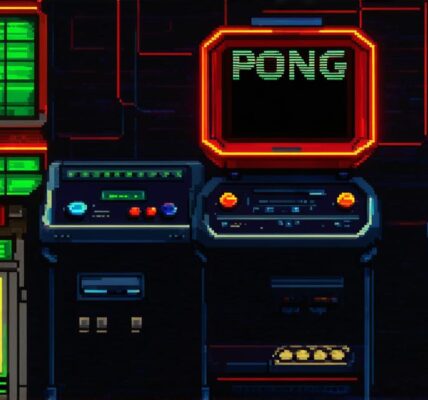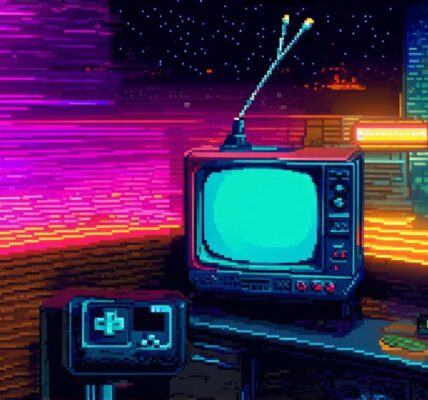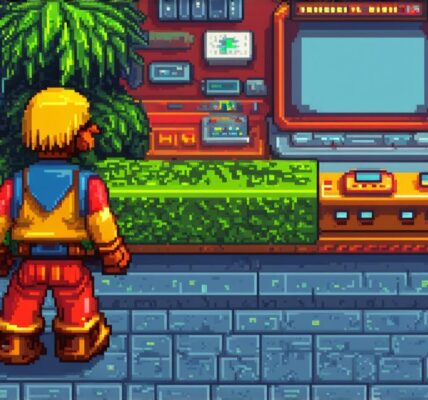Are you passionate about video games and want to turn your hobby into a career? Or perhaps you’re just curious about how video games are made, and want to learn more about the process? Whatever your reason may be, this guide will walk you through the steps of starting your own video game development journey.
Step 1: Define Your Vision
The first step in starting video game development is to define your vision. What kind of game do you want to create? Do you want to make a puzzle game, an adventure game, or a simulation game? What platforms do you want to target (PC, consoles, mobile devices, etc.)?
Once you have a clear idea of what you want to create, it’s time to start brainstorming and coming up with ideas. This can be a fun and creative process, so don’t be afraid to think outside the box and come up with something unique and original.
One great way to get started is by playing other games in your chosen genre and analyzing what you like and dislike about them. This will give you a better understanding of what works and doesn’t work in game design, and help you create a game that stands out from the crowd.
Step 2: Learn the Basics
Now that you have a clear idea of what you want to create, it’s time to start learning the basics of game development. This will involve learning about programming languages like C++ and Unity, as well as game design principles like level design and character modeling.
There are many resources available online for learning about game development, including tutorials, video courses, and online communities. Some popular options include Udemy, Unreal Engine, and Unity Asset Store.
It’s important to note that game development is a complex and challenging field, so it may take some time and effort to master the basics. However, with persistence and dedication, you can develop the skills you need to create your own games.
Step 3: Create a Prototype
Once you have learned the basics of game development, it’s time to start creating your own game. The first step is to create a prototype, which is a basic version of your game that you can use to test and refine your ideas.
A prototype doesn’t need to be perfect, but it should be functional and give you a good idea of what your final game will look like. This will help you get feedback from potential players and make adjustments as needed.
One great way to create a prototype is by using game engines like Unity or Unreal Engine. These platforms come with built-in tools for creating games, making it easier to get started without having to learn programming from scratch.
Step 4: Test and Refine
Once you have created your prototype, it’s time to start testing and refining your game. This involves getting feedback from potential players and making changes based on their input.
It’s important to be open-minded and receptive to criticism, as this will help you improve your game and make it better for your audience. You can also use analytics tools to track player behavior and see how they are interacting with your game.
Step 5: Market and Distribute

Once you have a polished version of your game, it’s time to start marketing and distributing it to the public.




